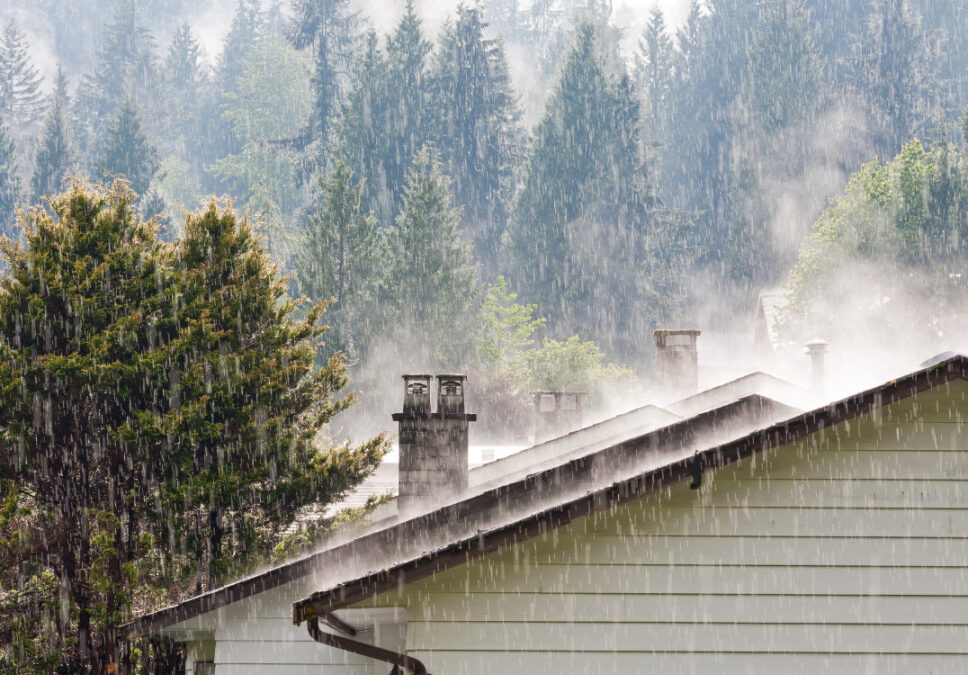Rain is a powerful force of nature that shapes the landscapes we live in. For homeowners in Colorado, the frequency and intensity of rainstorms have been the highest it’s been in years, with significant implications for home safety and health, particularly when it comes to radon levels. Recently, 9News reported on the growing concerns surrounding the increased frequency and intensity of rainstorms in Colorado and how they are influencing home radon levels. Axium Inspections stands ready to guide and educate you on how to navigate this recent concern.
What is Radon?
Radon is a colorless, odorless, radioactive gas that is naturally present in the soil. It arises from the decay of uranium and can seep into homes through cracks in the foundation, gaps in the flooring, or other openings. Over time, prolonged exposure to elevated radon levels can pose serious health risks, including an increased risk of lung cancer.
How Does Rain Impact Radon Levels?
When rainwater saturates the ground, it can increase the pressure of the air in the soil. This heightened pressure can push radon gas out of the soil and into the homes above. Here’s a breakdown of the process:
- Increased Pressure: As the ground becomes saturated with rainwater, it increases the air pressure in the soil, forcing the radon gas to escape.
- Reduced Soil Permeability: Rain can compact and saturate the soil, making it less permeable. When the soil becomes less permeable, radon gas has fewer pathways to disperse in the open air and instead may find its way into homes.
- Foundation Vulnerabilities: Continuous and heavy rains can lead to water seeping into cracks or gaps in a home’s foundation. If radon is present in the ground near these vulnerabilities, it can easily enter the home.
Impact on Radon Mitigation Systems
A radon mitigation system is designed to reduce the radon levels in a home by drawing radon from beneath the house and venting it to the outside. However, the functionality of these systems can be affected by heavy rains.
If you’re detecting unusual sounds from your radon mitigation setup, it’s likely due to moisture saturation around the foundation. Here’s what might be happening:
- Moisture Saturation: The fan in your radon mitigation system draws air (and radon) from beneath your home and exhausts it outside. When the soil around the foundation is saturated, it can create an environment where the fan has to work harder, sometimes leading to unusual sounds.
- Self-Resolution: In most cases, this issue will resolve itself within a few days. The soil will absorb the excess moisture, and the fan will aid in dehumidification, ensuring that the system continues to function optimally.
However, if you notice that the sounds persist or if you have other concerns about the performance of your radon mitigation system, it’s essential to seek a professional evaluation. Our team is committed to ensuring the optimal performance of your radon mitigation system and safeguarding the health and safety of your home.
Conclusion
With Colorado experiencing increased rainstorms, it’s essential for homeowners to be aware of the potential impacts on radon levels within their homes. Regular testing, awareness of changes in your mitigation system, and timely professional evaluations are key to ensuring a safe living environment. If you believe your home may have increased levels of radon, call Axium Inspections today to make a plan, confirm your radon levels with a Radon Test, and fix high readings with an Axium radon mitigation system.



